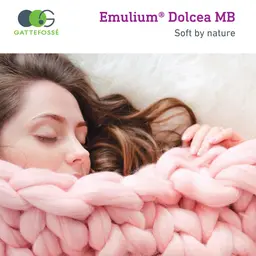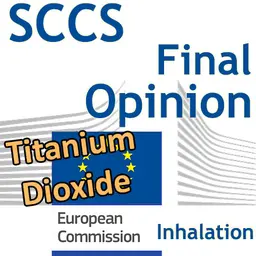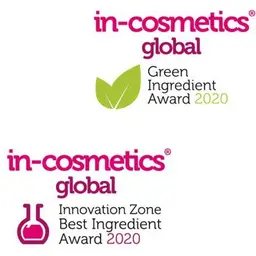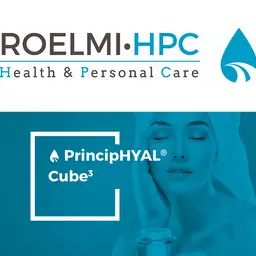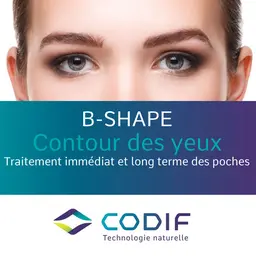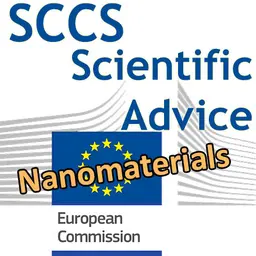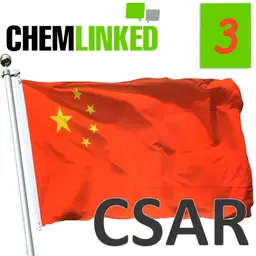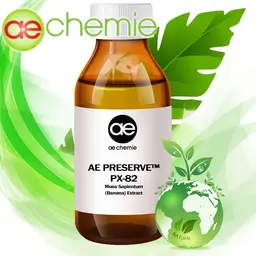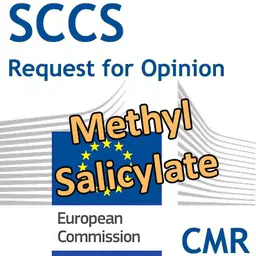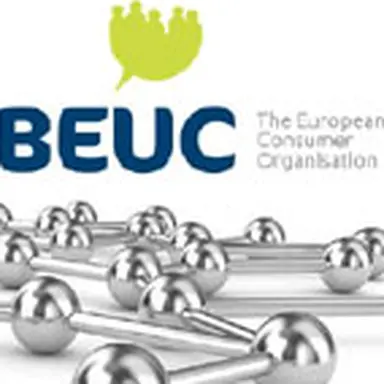
The European Consumer Organisation (BEUC) released in 2012 a proposal for the definition of a nanomaterial in cosmetics. According to this organisation’s opinion, the definition on the verge to be adopted by the European Commission shall assure the European consumers of an efficient protection. It provides its own criteria for this purpose.
The EU Commission, says the BEUC, is planning to align two differing definitions used for the term ‘nano-material’, one contained in the EU Regulation on cosmetic products and the other in the EU Commission recommendation for the term ‘nano-material’. The Commission’s aim is to apply the updated definition to cosmetic products as soon as the nano-specific requirements enter into force.
In its position paper, BEUC outlines which elements such a definition should contain in order to effectively protect consumers from unknown hazards that may be related to cosmetic products which use new materials at an infinite small scale.
In its point of view, a definition of nano-materials in cosmetic products needs to:
• Include all materials in which more than 0,15 % of the number of particles are present in the nano-size range
• Cover by-products which are not intentionally manufactured but which are present in the nano-range
• Include soluble nano-particles and nano-structures which have specifically been designed to carry encapsulated substances that will be released to the systemic circulation
• Include nano-particles below 1nm such as fullerenes
• Add a criterion on volume specific surface area as particle size distribution alone is insufficient to give information about the …

